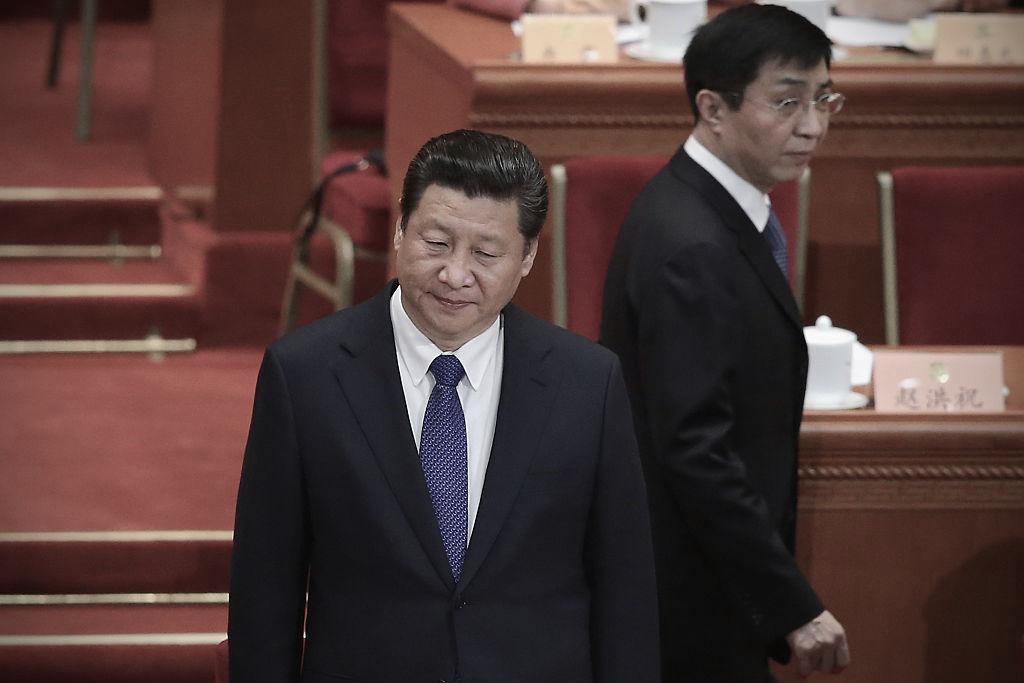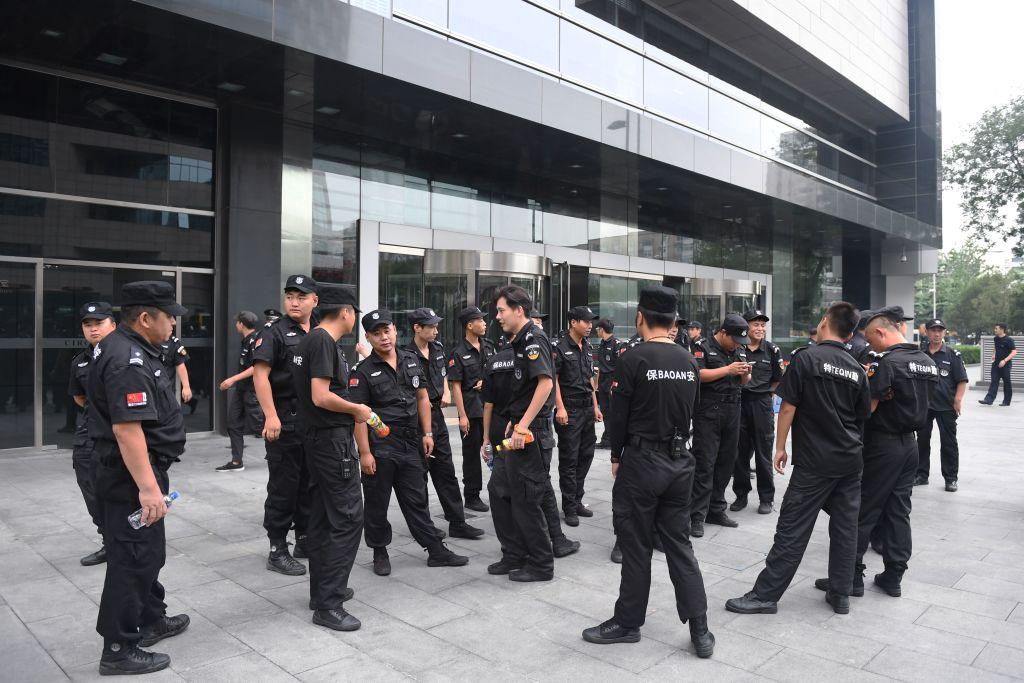WASHINGTON—With the intensifying rivalry between the United States and the People’s Republic of China, Southeast Asian countries can no longer sit on the fence, and have a tough choice to make. That choice should be made based on worldviews and principles, experts say.
John Lee, a senior fellow at the Hudson Institute, who worked for the Australian government as a senior national security adviser until April, said that with the discussion of Southeast Asia’s tough choice between the United States and China, recent comments by Singapore Prime Minister Lee Hsien Loong’s could very well reflect the situation.




